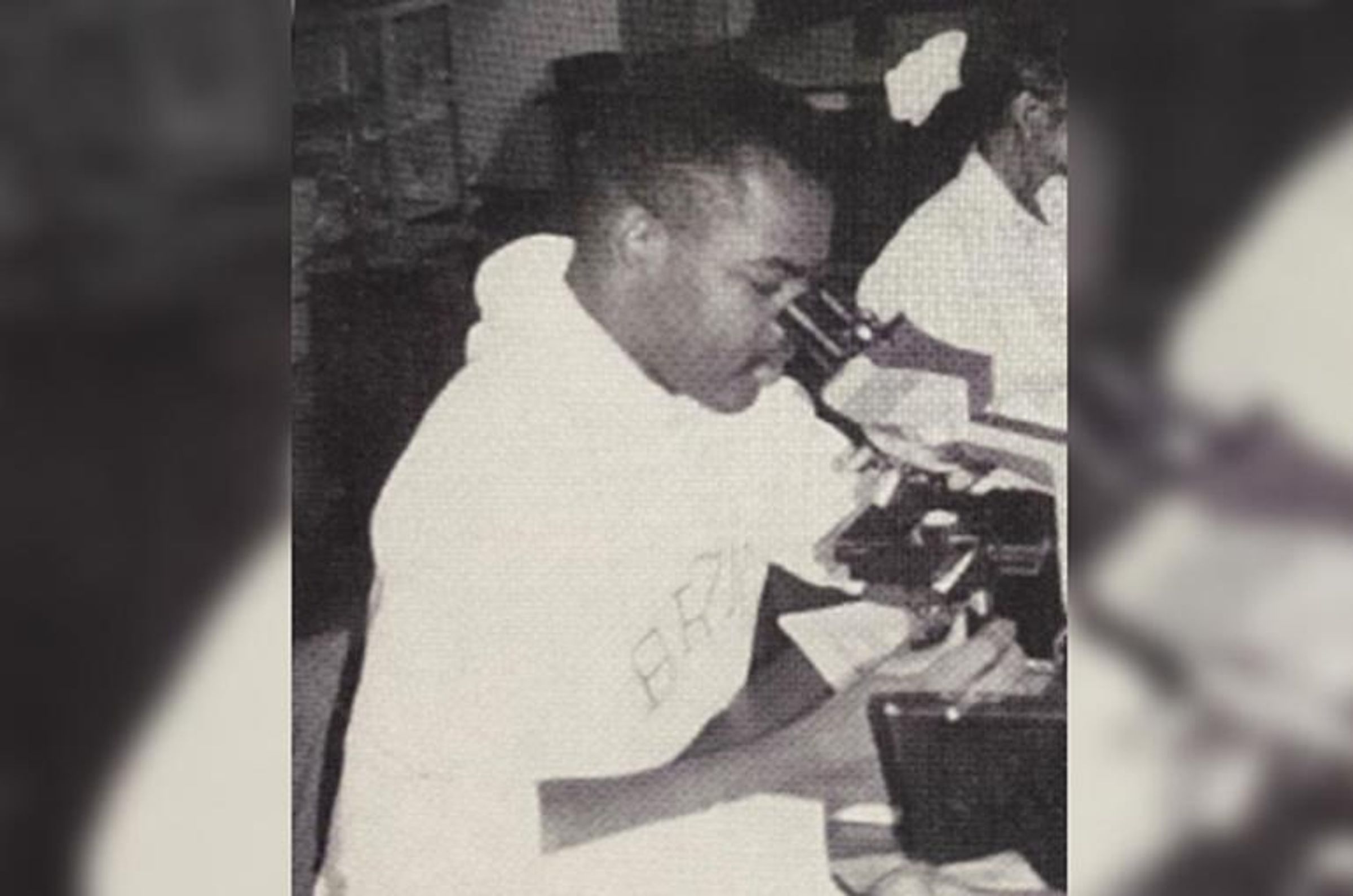Dreams Come True When Children Grow Up to Make a Difference

As a child, Dr. Corey Robertson, Senior Director of Scientific and Medical Affairs, had a vision to save lives. Now realizing that goal at Sanofi, he’s on a mission to preserve the future dreams of every child by helping to safeguard them from vaccine-preventable diseases.
Some kids dream of exploring space or starting a business. Others imagine growing up to become world-class athletes or musicians who perform in front of thousands. Some want to grow up to save lives.
I was one of the children in that last camp. I wanted to protect people. Stop diseases. Solve medical mysteries. The path to that goal was clear – or so I thought at first. I worked hard in school, eagerly gathering the knowledge and training that would prepare me to help people. Through medical school and my residency in primary care internal medicine, I knew I was working toward my dream.
I earned my MD and began my role as a clinician, just as I had always planned. I saw people who were sick and needed treatment – patients who were already struggling with chronic diseases and comorbidities. People whose health was already in a precarious state.
I did my best to help them, but for many, I was simply too late. With each patient that entered my exam room, I saw there was a bigger issue: public health and its effect on individual wellness. By the time they walked into my office, disease was a fact of life for them. The best, most successful treatments could manage their conditions or ease their symptoms. But the odds they would be truly free of disease were quite low.
Finding a new path
My pivot toward my current work to prevent disease from occurring in the first place started after a year of wishing I could do more to help communities on a larger scale. As I looked into other ways to make a meaningful impact, my research led me to a vocation that had not been obvious to me before: public health and general preventive medicine.
The more I read about it, the more it felt like the calling that has driven me since childhood: the impulse to save lives. When I embarked on the formal study of epidemiology and biostatistics, I knew I was finally on the right path for my passions. I pursued training in applied epidemiology, becoming an officer in the CDC Epidemic Intelligence Service. In this role, I began working at the New Jersey Department of Health. Almost immediately, a school-based outbreak of pertussis illustrated just how important public health is. Soon, I was assisting in the investigation of a lab-confirmed case of SARS and, later, in the response to the H1N1 pandemic. Investigating outbreaks, tracing contacts and implementing measures to control the spread of infection was how I could save lives – just as public health officials are doing to mitigate COVID-19 today.
Controlling and containing outbreaks of infectious diseases is important, fulfilling work. It is also a constant reminder of the importance of preventing them altogether. I was frequently surprised to find the most effective preventive measure available – vaccines – was often undermined by a lack of information (and a surplus of disinformation). Families did not always recognize the importance of immunization – and even more startling to me, physicians often assumed that routine immunization in accordance with recommendations was occurring at a much higher rate than it really was.
A passion for primary prevention
In a way, vaccines and vaccine advocacy are a victim of their own success. Vaccination made diseases like mumps and measles so rare they were no longer perceived as a public or individual health threat in the US – and complacency led to decreasing immunization rates. Declining immunization rates, in turn, have increased the threats posed by these diseases once again. The SARS cases in 2003 and the H1N1 pandemic in 2009 put all my training and experience into action. That hint of how devastating an outbreak can be when it cannot be prevented with vaccination reinforced to me how essential it is to prevent the diseases we can.
I first learned of an opening at Sanofi while I was working at the NJ Department of Health, and the opportunity to work in vaccine development and delivery was surprisingly irresistible. I thought back to the patients I had seen in my years of clinical practice. So many of them suffered from effects of diseases and conditions that could have been averted through public health interventions. This was the opportunity that would take me onto a new path in service to public health and primary disease prevention.
More than 10 years later, I am as passionate as ever about saving lives though preventive medicine. In the course of my work, which is now focused in the area of meningococcal disease, I meet families who have been devastated by having a child in high school or college afflicted by this rare yet dangerous infection. In just hours, meningococcal disease can cause permanent damage and even death. When I first started in public health, when it came to meningococcal disease outbreaks, all we could do was quickly identify and attempt to contain them; however, there was an apparent need for more emphasis on prevention.
We have come so far; today, families have options for protecting children from this disease that can spread in settings where young people live and socialize together in close contact. With immunization rates being less than desired even before COVID-19 and the challenges that providers face in delivering vaccinations today, our work to develop vaccines and help immunizers administer them is more important than ever. I’m proud to work in a field where my work can help protect children from a life-altering tragedy, keeping them on track to becoming astronauts. Business owners. Rock stars. Sports heroes. Doctors. Or even public health officials who try to save lives.